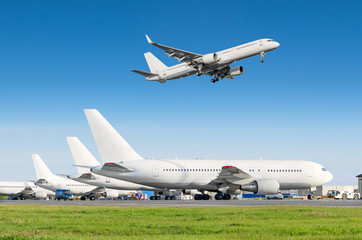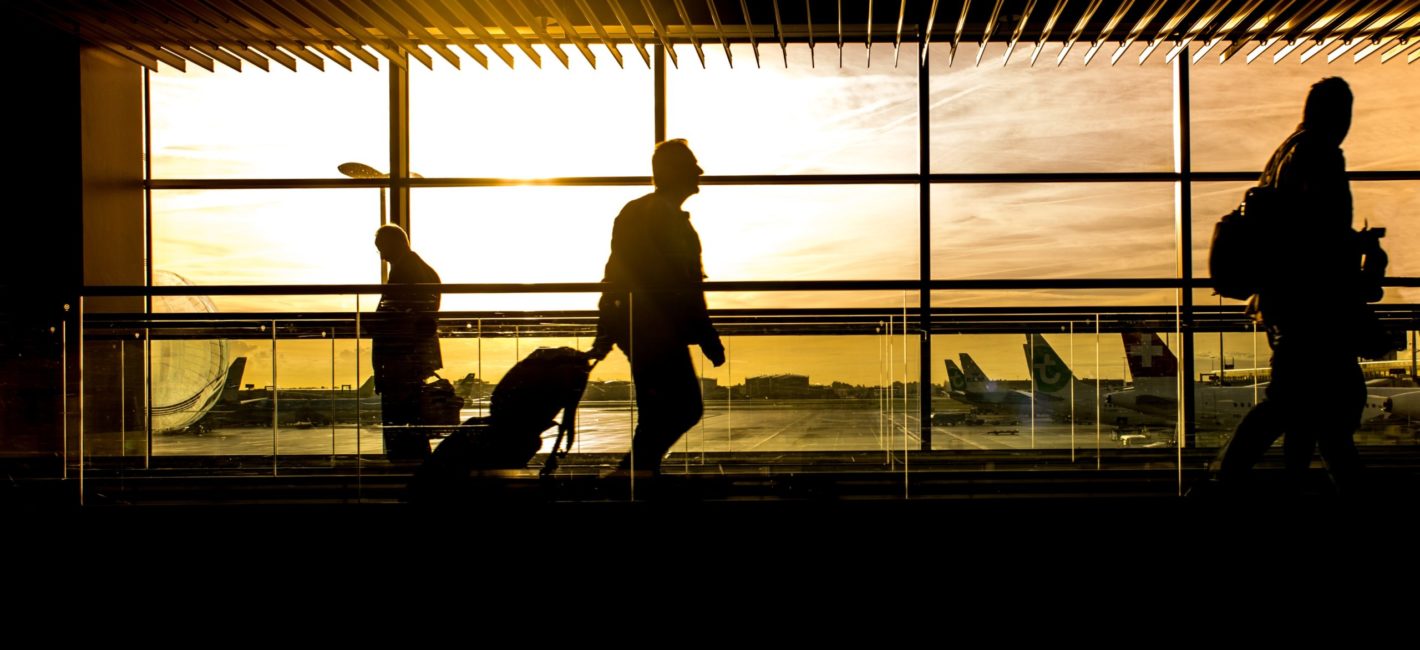With 2021 behind us, airport operators are reflecting on past accomplishments and strategizing opportunities for improvement in 2022. As the industry continues reacting to the ongoing changes presented by the COVID-19 pandemic, and with TSA checkpoint travel numbers indicating traveler volume approaching pre-pandemic levels, this year’s priorities focus on adapting previous successes to a new normal that is anything but predictable.
The increased number of passengers is encouraging, although the higher volume also represents travelers with adapted experiences and expectations as they consider traveling widely for the first time in two years. Airport leadership needs to continue leveraging the flexibility and passenger focus developed during the pandemic to adjust and move forward.
Resourcefulness, innovation, and adaptability are target focus areas for airports in 2022. Increasing demand for integrated passenger journeys and comprehensive sustainability programs means 2022 is the year of smarter, safer, and greener airports.
Team leaders need to ask—and answer–some crucial “How do we…” questions:
- How do we make our airport smarter with the ability to operate more efficiently?
- How do we make our facility safer by making it accessible to all?
- How do we make our spaces greener while maintaining occupant comfort?
Smarter Airports have 360-Communication Strategies
An omnichannel communication strategy is crucial to operating more efficiently and increasing access. Savvy operators can reach travelers on mobile devices, kiosk screens, and overhead monitors. They can lift people’s spirits by getting them into the airport faster with customer-friendly technologies. For example, in-app priority, pre-paid parking, and security lane access let passengers exchange time spent outside the building with more time exploring concessions and amenities inside the airport.
Access to real-time information is essential given constantly changing concession operating hours due to staffing challenges. Building trust means delivering accurate, real-time messages on every screen, from installed signage to hand-held mobile devices. Implementing QR codes is an effective and easy way to help passengers discover your airport—check-in areas, departure gates, dining, retail, special services, and baggage claim. During major construction, Denver International Airport used QR codes to efficiently help passengers navigate frequently changing routes into and around the airport with up-to-the-minute wayfinding information.
Providing passengers with clearly stated health and safety guidelines is also an opportunity to promote revenue-generating special offers. For example, in 2020, Austin International Airport integrated concessionaires’ information with Grab, Servy’s airport e-commerce platform. This forward-thinking move showcases how contactless ordering drives non-aeronautical revenue and positive passenger experiences.

Working together for safer and more accessible airports
Launched in February 2021, the Airbus Tripset app integrates location-specific COVID-19 safety guidelines with up-to-date departure and destination information to expand traveler knowledge. The visually intuitive app also increases passenger confidence by reducing searches and taking the guesswork out of safe air travel during COVID-19.
The interactive digital maps, powered by Atrius Personal Wayfinder, help travelers navigate the airport from check-in to baggage claim and flag available amenities closest to them, such as open shops and restaurants. The app’s comprehensive explanations of local health measures combined with the built-in mapping capabilities make it a welcome travel companion for every leg of the flyer’s journey.
The journey towards greener, more sustainable travel
Sustainable Airport Development improves the environment, supports the local community, optimizes operations, and fuels economic growth through cost savings and innovation. Corporate leaders in nearly every industry are responding to growing expectations they establish and report on company sustainability goals. Consumers are increasingly more likely to support organizational missions aligned with their values.
The US Federal Aviation Administration is on board and allocating funds through their Airport Improvement Program that supports efforts to improve sustainability programs.
Tracking, measuring, and reporting successes is as important as initiating environmentally responsible operations. Airport operators can display recycling accomplishments and renewable energy initiatives on interactive dashboards for passengers and team members to celebrate.
Travelling has changed in the last 18 months, from better to worse and slowly back to better again. Airport operations are more efficient, aided by smart technology and meaningful sustainability goals driving decision making. As a result, passengers are happy, which makes concessionaires very happy.
The positive correlation between mood and money is indisputable. According to a DKMA report, the most satisfied passengers are in the airport 10% longer and are twice as likely to shop, spending 7% more on retail than other travelers. Committing to seamless operations, enhanced discoverability, and greener facilities translate into richer customer experiences and increased revenue.
